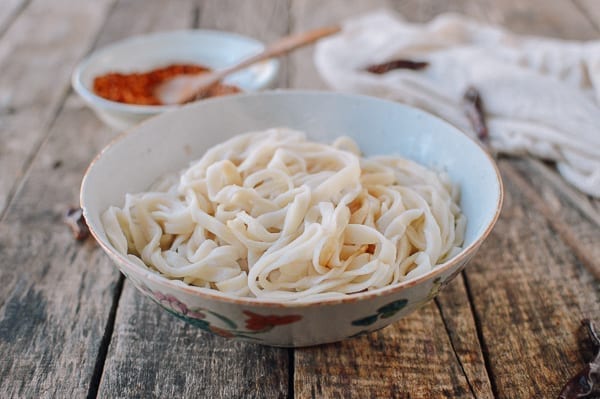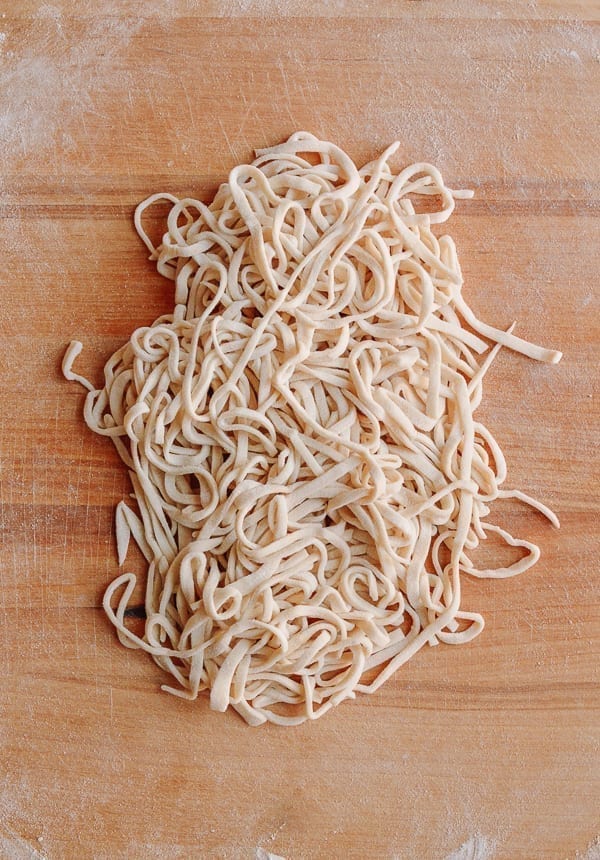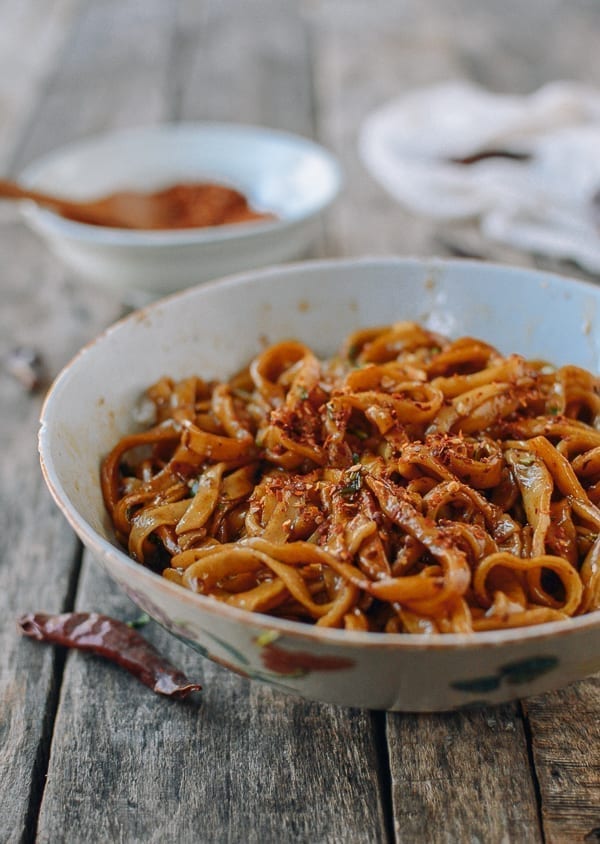For centuries, Chinese noodles have been a staple in Chinese cuisine. Many of us are familiar with the wide variety of noodles available today, from lo mein to dan dan mein to wonton noodles. But how are Chinese noodles made? In this blog post, we will explore how noodles are made in China, from the ingredients used to the techniques used to create the delicious noodles we all know and love. We will also take a look at the various styles of noodles, from handmade noodles to machine-made noodles. By the end of this post, you will have a better understanding of the intricate and fascinating process of making Chinese noodles.
Watch Now: How to Tell The Difference Between Chow Mein, Chow Fun, Lo Mein, and Mei Fun
Chinese noodles, also known as mien, can be divided into three groups. Noodles made from wheat flour are the most popular; they can be made with or without eggs. Wheat noodles can be white or yellow, as thin as spaghetti or as thick as Fettucine, stiff or incredibly elastic depending on the other ingredients.
Rice noodles can be thick or very thin, the latter almost resembling long strings of coconut, and are made from rice flour, water, and salt. The same is true of rice sticks. Additionally, rice paper wrappers in a circular or triangular shape are available.
The clear noodles known as “cellophane noodles” are created from ground mung bean paste.
Making “hand-pulled” noodles in China requires holding the stretched out paste in both hands and repeatedly whirling it. The paste is then spread out on a board and repeatedly folded. Eventually, the paste is transformed into long, thin, noodles. While it is still possible to observe vendors in China make hand-pulled noodles today, the majority of noodles are now produced by machines. .
Here are the most common noodles in Chinese cuisine:
How to Make Chinese Noodles: Key Tips
Everything you need to make these homemade Chinese noodles is probably already in your kitchen: bread flour, salt, and water.

It will be simple if you have a mixer with a dough hook attachment, but if not, it doesn’t matter. With a little elbow grease, you can prepare noodles in the same manner as Chinese chefs have for centuries.

Here are some key tips for success:
Dishes to Make With These Handmade Noodles
Briefly stated, you can use your handmade Chinese noodles in any noodle soup or sauced noodle dish of your choice!

FAQ
Are Chinese noodles healthy?
Because they have a moderate amount of calories and little fat, rice noodles are a healthy choice. Try serving them with flavorful sauces, high-fiber vegetables, and a few high-sodium ingredients like soy sauce.
What are Chinese egg noodles made of?
The usual ingredients for making Chinese egg noodles are wheat flour, eggs, water, and salt. To help make the noodles chewier, richer, and to add flavor and color, eggs are added to the ingredients. Some recipes call for lye water.
How are noodles made traditionally?
One of the most significant traditional staple foods in Asia is noodles. Unleavened wheat dough is typically used to make noodles, which are then stretched, extruded, or rolled before being cut into a variety of shapes.
What is the difference between pasta and Chinese noodles?
According to Kaminska, the differences between noodles and pasta are primarily due to the ingredients used and the type of processing applied. Noodles are usually made with flour milled from common wheat. Durum semolina, which is coarser than regular flour, is used to make pasta. However, that difference is not always so cut and dried.